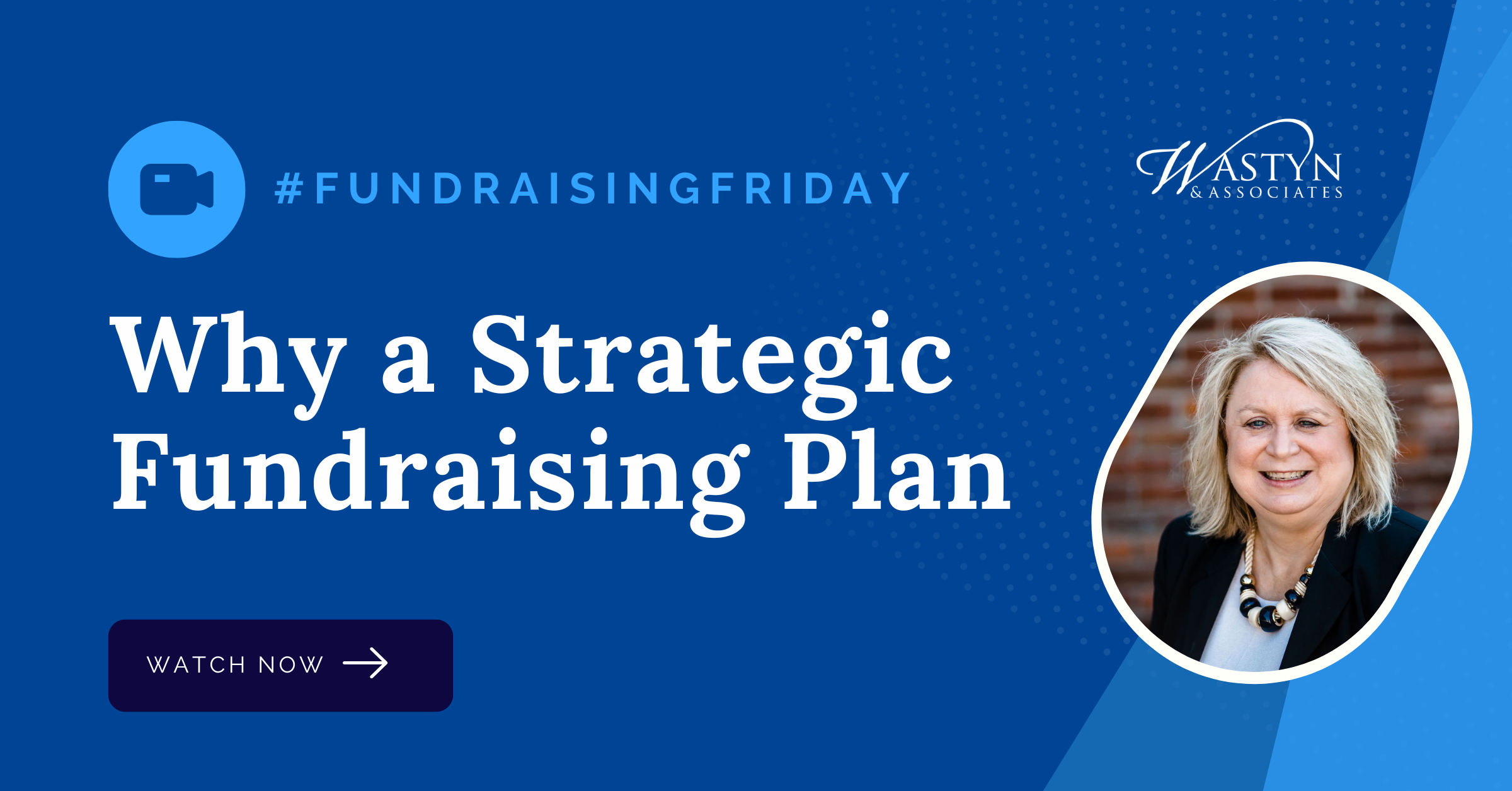Economic Indicators for Year-End Giving
As we head into that all important final quarter of the year, you might ask yourself how the economy – and continued unpredictability of the pandemic – could impact your year-end giving campaign.
First the good news. Major stock indices continue to increase with slight bobbles as world events unfold, but otherwise, they continue their upward trajectories. Since mid-July, the Dow Jones Industrial Average has pretty much stayed between 34,750 and 35,650 after starting the year just over 30,000. Increasing stock prices create wealth for individuals, companies, and foundations who have invested in the market. Bottom line: Your wealthy donors’ have gotten wealthier, and many foundation assets have grown. Consider asking donors to give you appreciated stock. They may also see significant tax savings!
Second, the economy continues to grow. According to the Bureau of Economic Analysis, gross domestic product (GDP) increased at an annualized rate of 6.6% in the second quarter of 2021 and 6.3% in the first quarter. This compares to 1.9% GDP growth in the fourth quarter of 2019 before the pandemic hit. Adjusted for inflation, economic output has surpassed pre-pandemic levels with consumer spending increasing by 11% in the second quarter of 2021. As the economy grows, so does giving. Historically, philanthropy has followed GDP with giving totaling about 2% of the GDP. Bottom line: Your non-wealthy donors also have money to give so ask them!
Third, unemployment continues to fall. The Bureau of Labor Statistics reported an August 2021 unemployment rate of 5.2%, slightly down from 5.9% in June. Jobs exist in the marketplace, but a mismatch of skills exists between people looking for jobs and job openings that the economy needs to sort out. The labor market shortage has encouraged some businesses to increase wages and benefits which might raise incomes for some. Bottom line: While high unemployment puts a damper on giving, market change may give people more disposable income to donate. And changes in where people work may open some time for people to volunteer for your organization when they feel safe doing so.
A few trends could put a damper on this good news.
First the surge in COVID cases has created more uncertainty as it relates to economy-generating activities like attending school, having adequate childcare, eating at restaurants, or traveling. People may stop spending money on riskier activities like eating out or traveling until this wave subsides – which puts more money in their pockets to donate to charity – or may stay out of the labor market longer until they feel confident in their childcare situation – which creates less disposable income to give to charity. Time will tell how this will impact recovery efforts.
Second, inflation fears also persist which could drive consumers to save instead of spending on goods and services including making gifts to charity. Prolonged labor market shortages and supply chain disruptions fuel the fears that recent price increases will not soon return to their pre-pandemic levels as many have predicted.
On the whole, the economy continues to look good. Vaccinations have quelled the spread of the virus; with vaccination rates increasing, hopefully future surges will pale compared to the current one and the economy will remain on track.
Bottom bottom line: Continue with your year-end strategy; the economy should not negatively impact giving so ask people to invest in your mission. Many have more money to give and feel more generous after this stressful year and a half so give them a reason and the opportunity to invest in you.











The board guides both the thinking and execution in the strategic planning process to guide the organization’s future. Five actions fulfill this role.